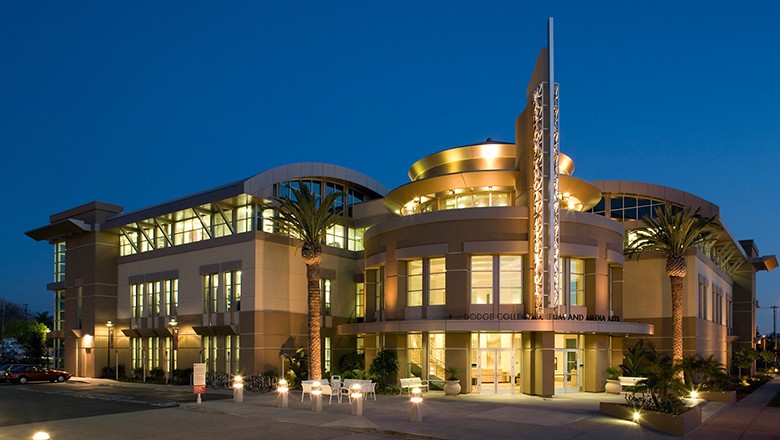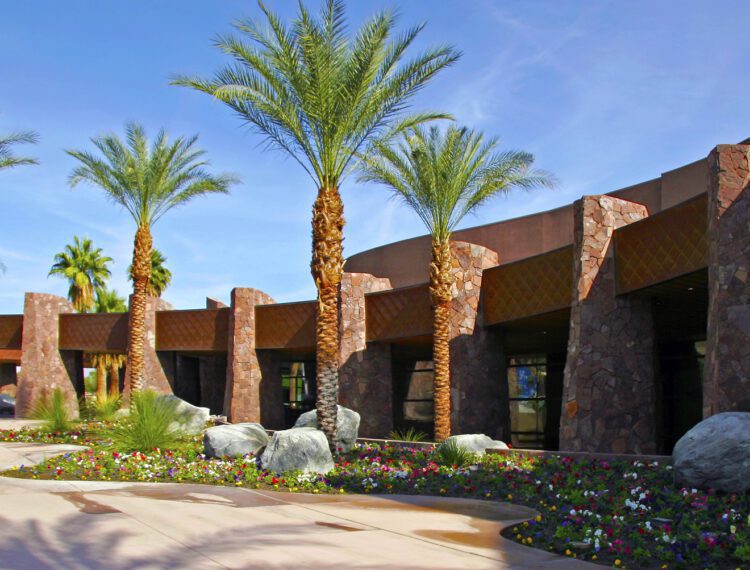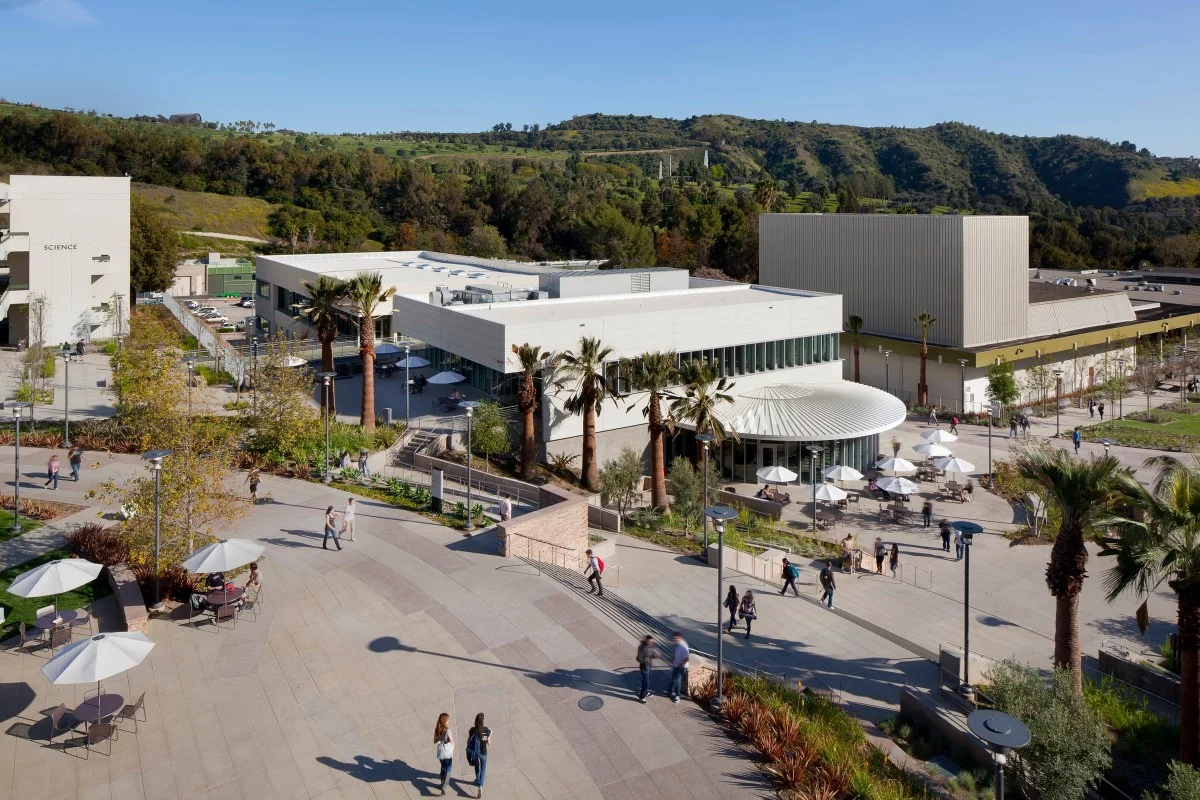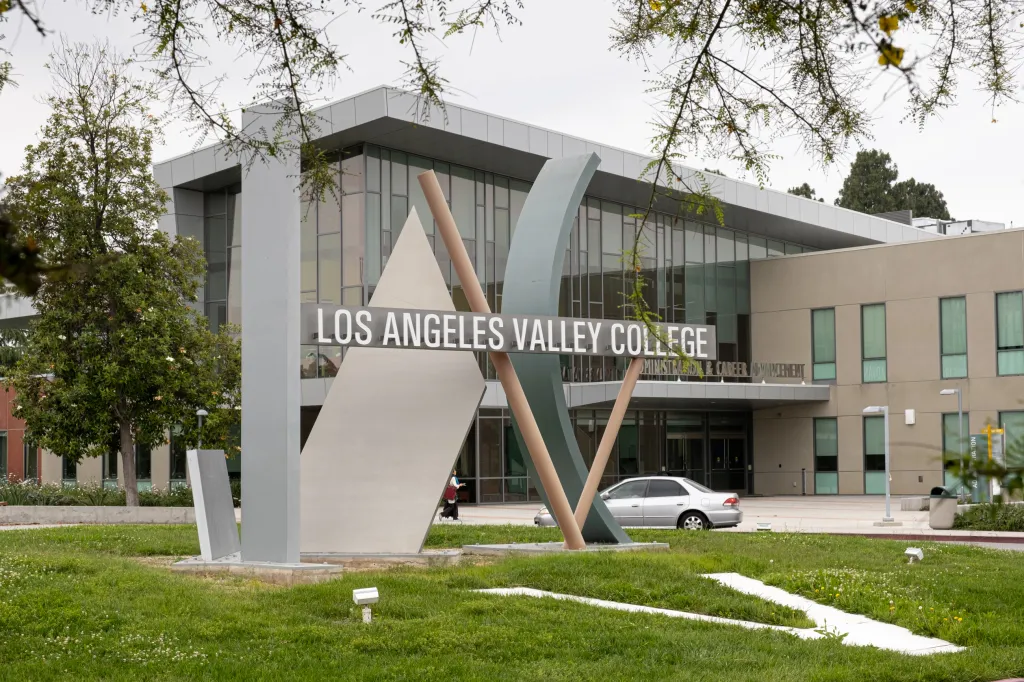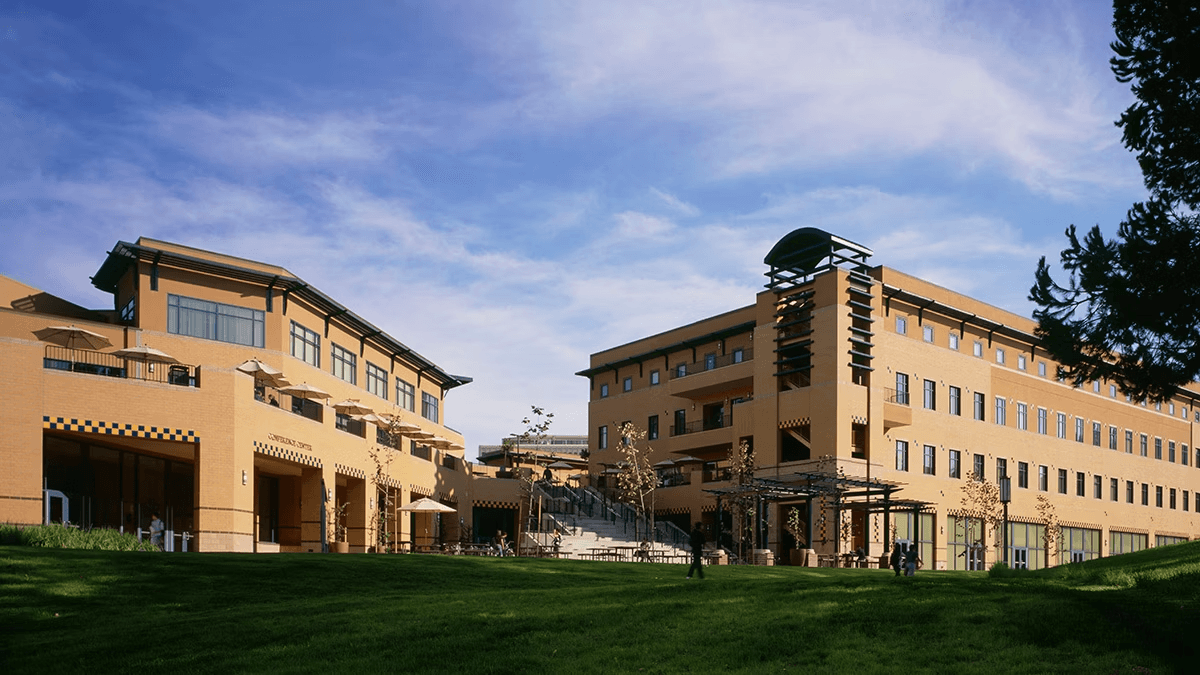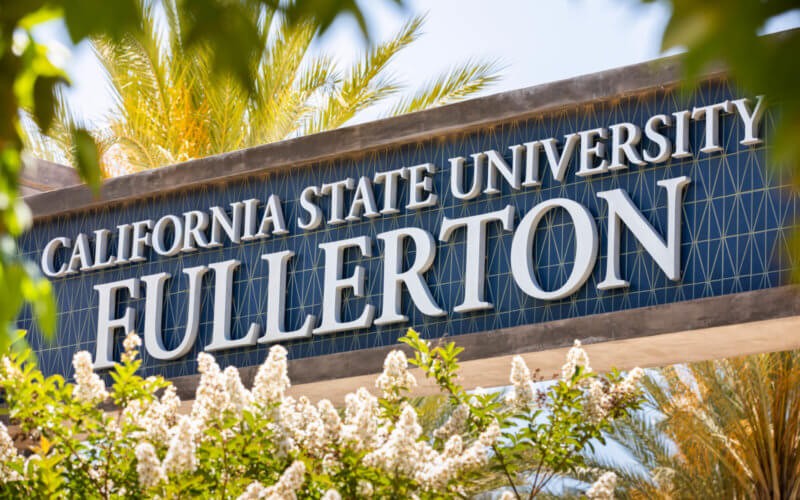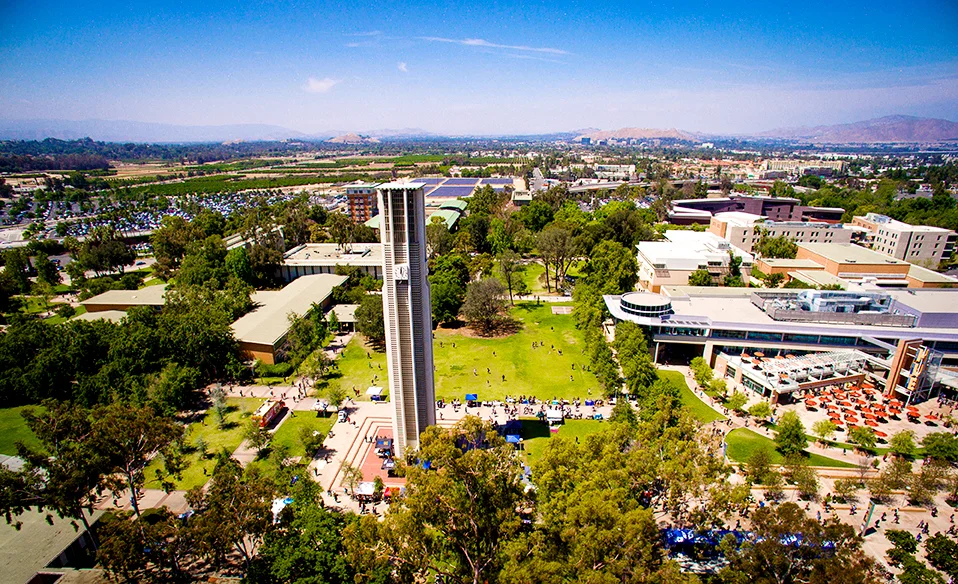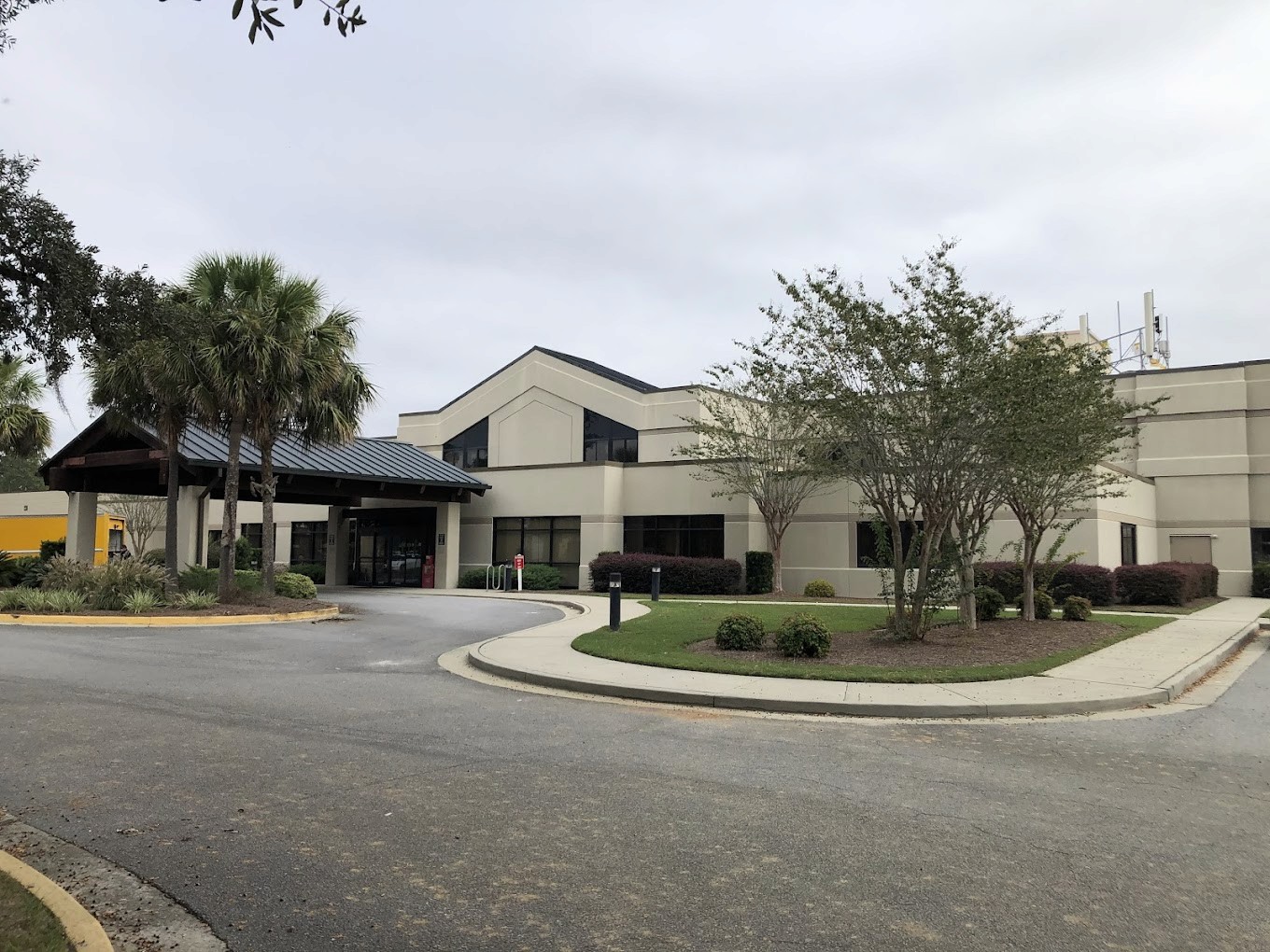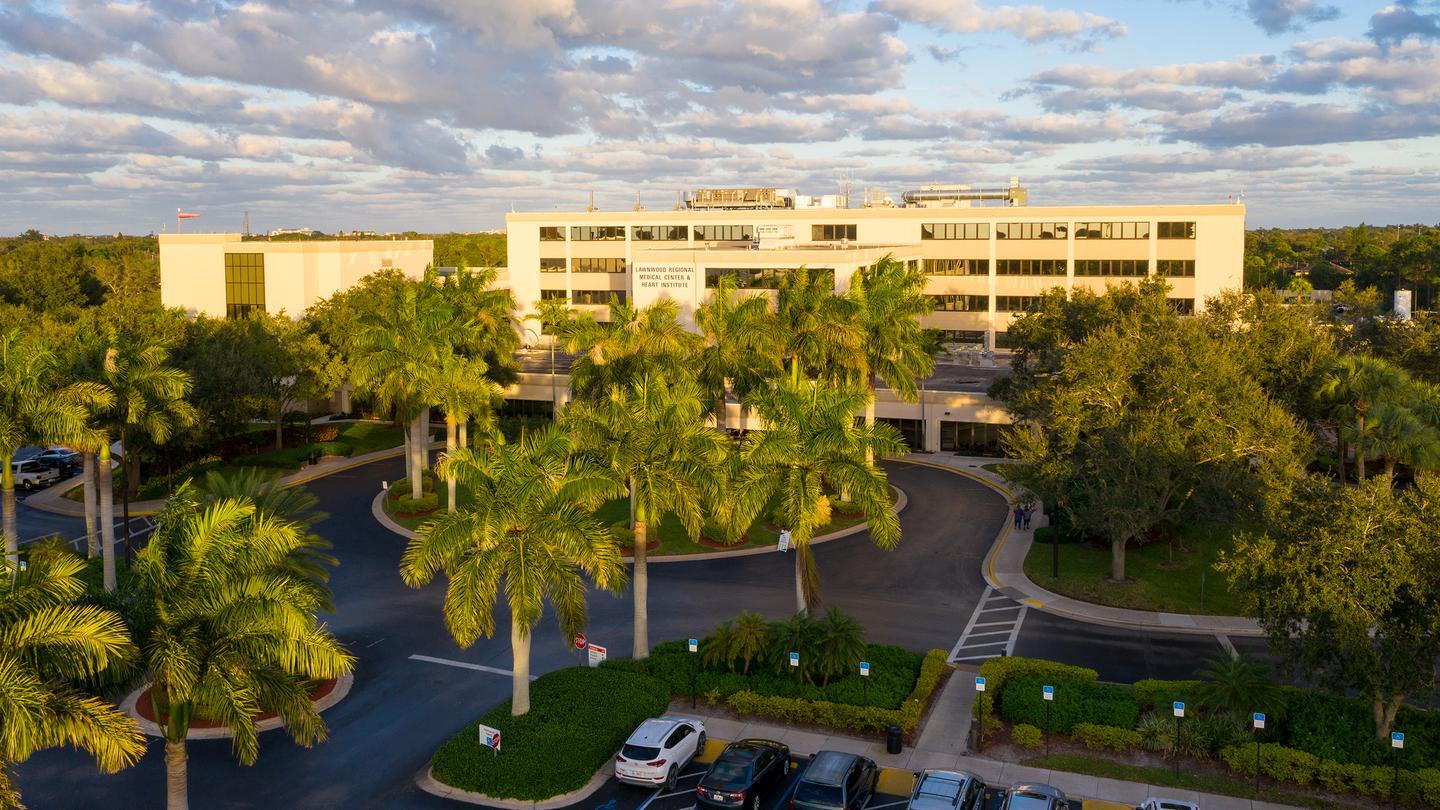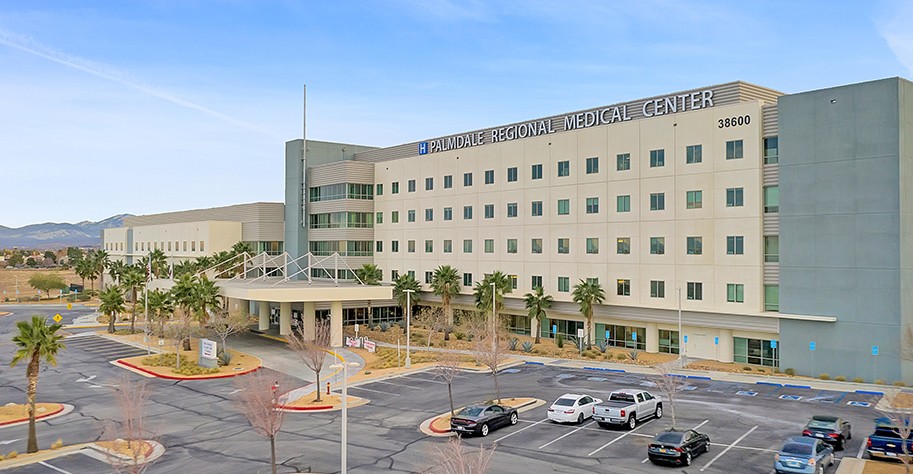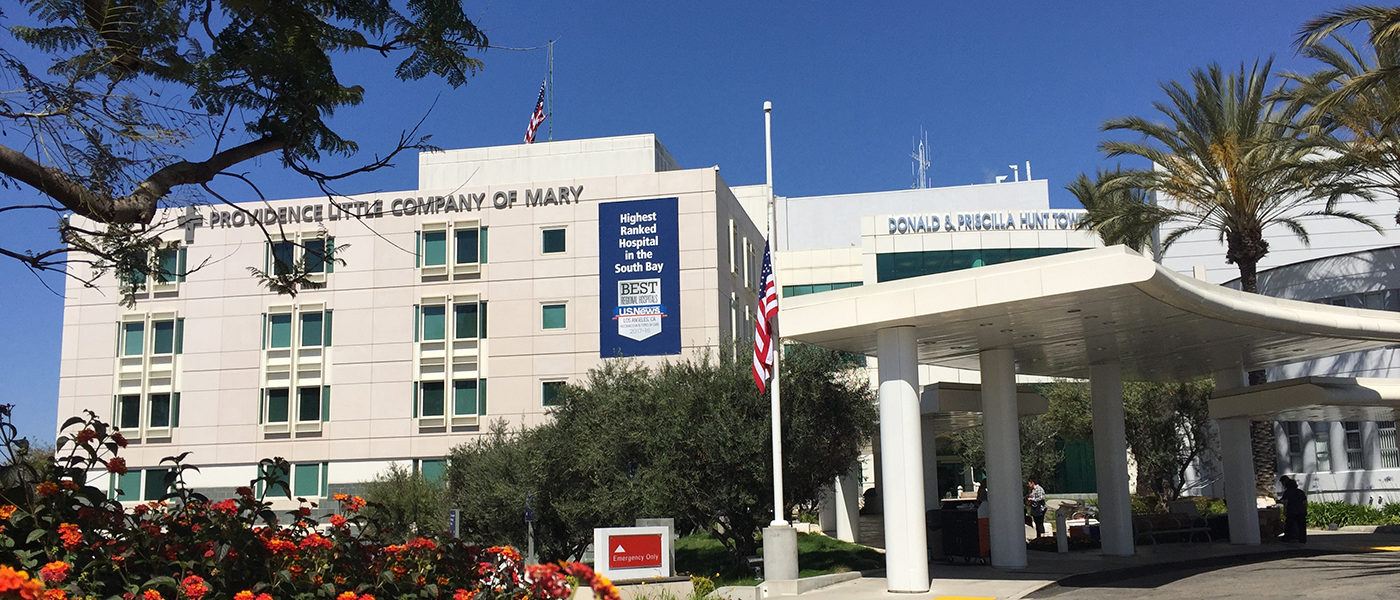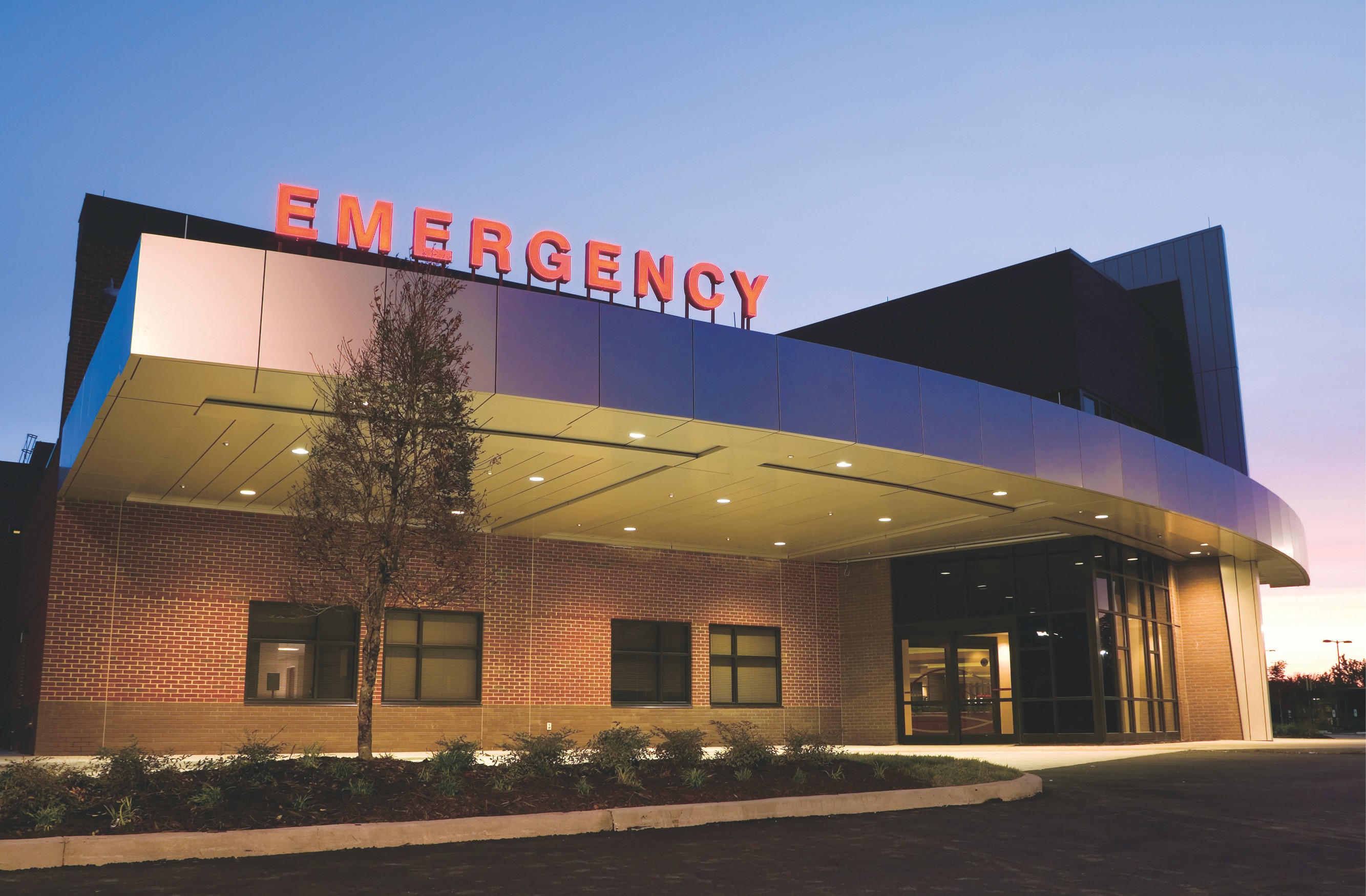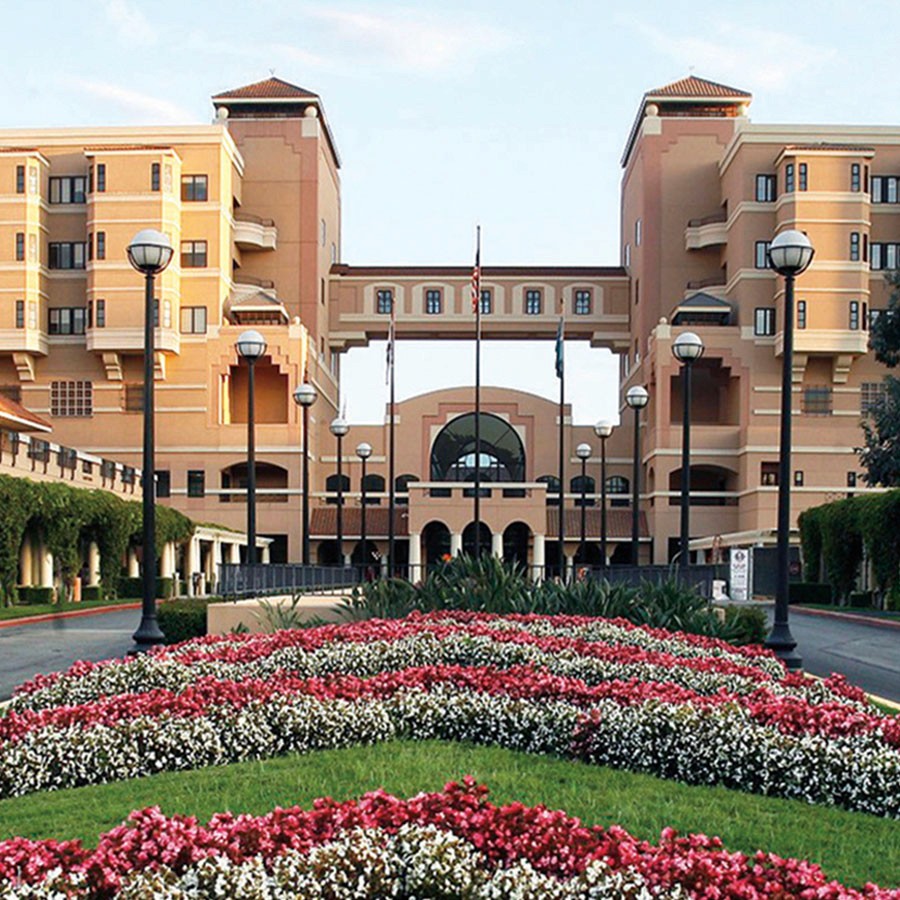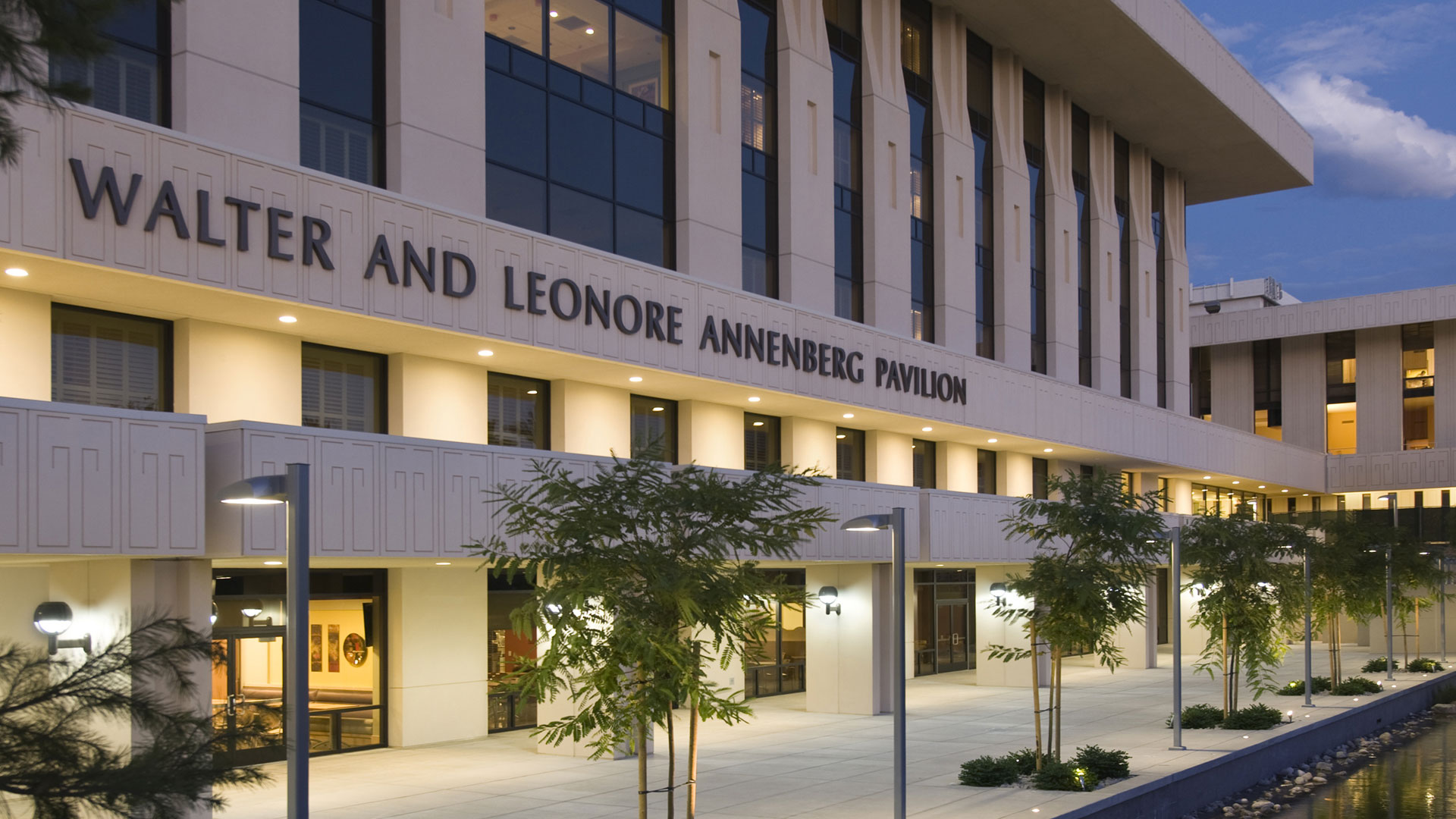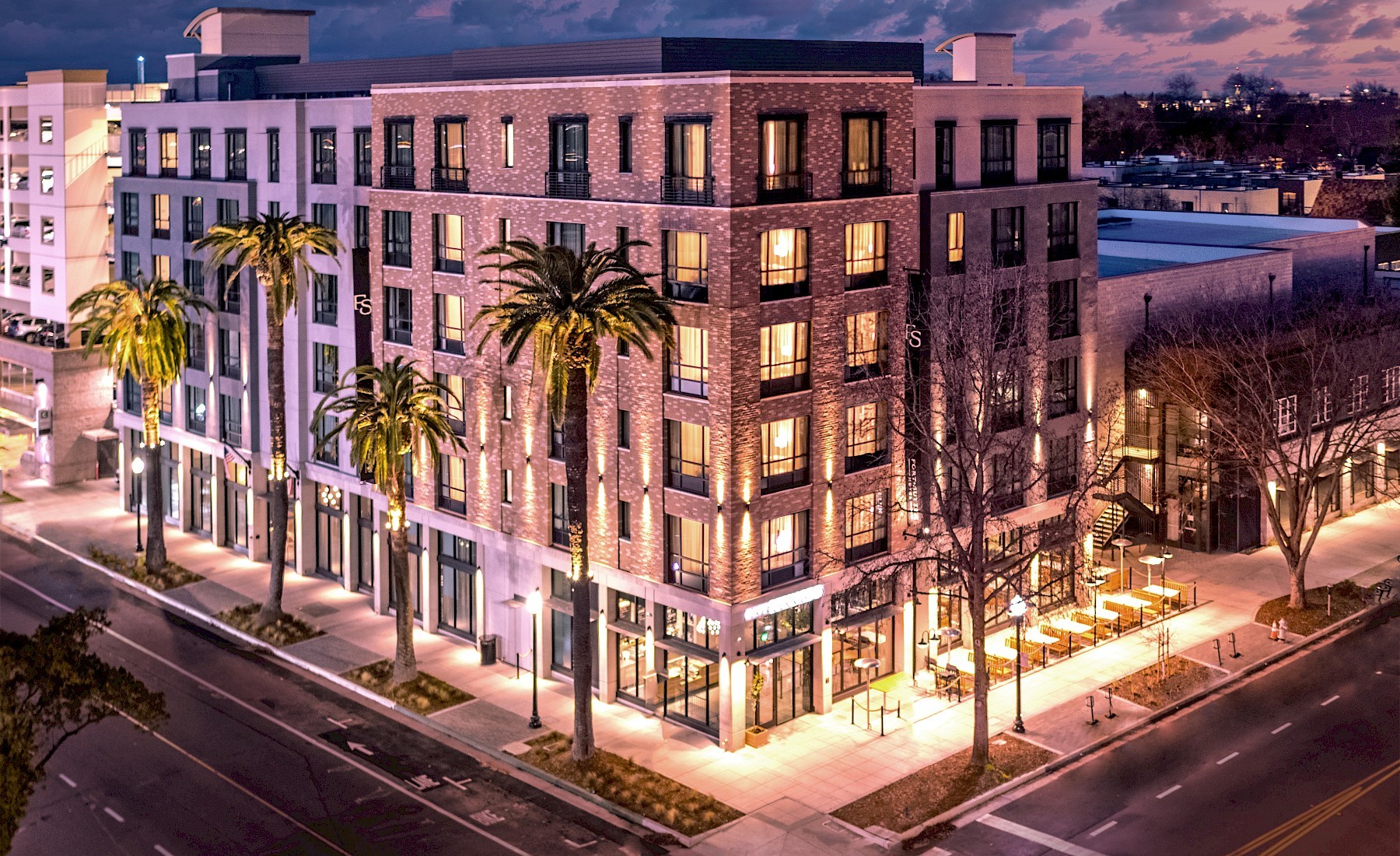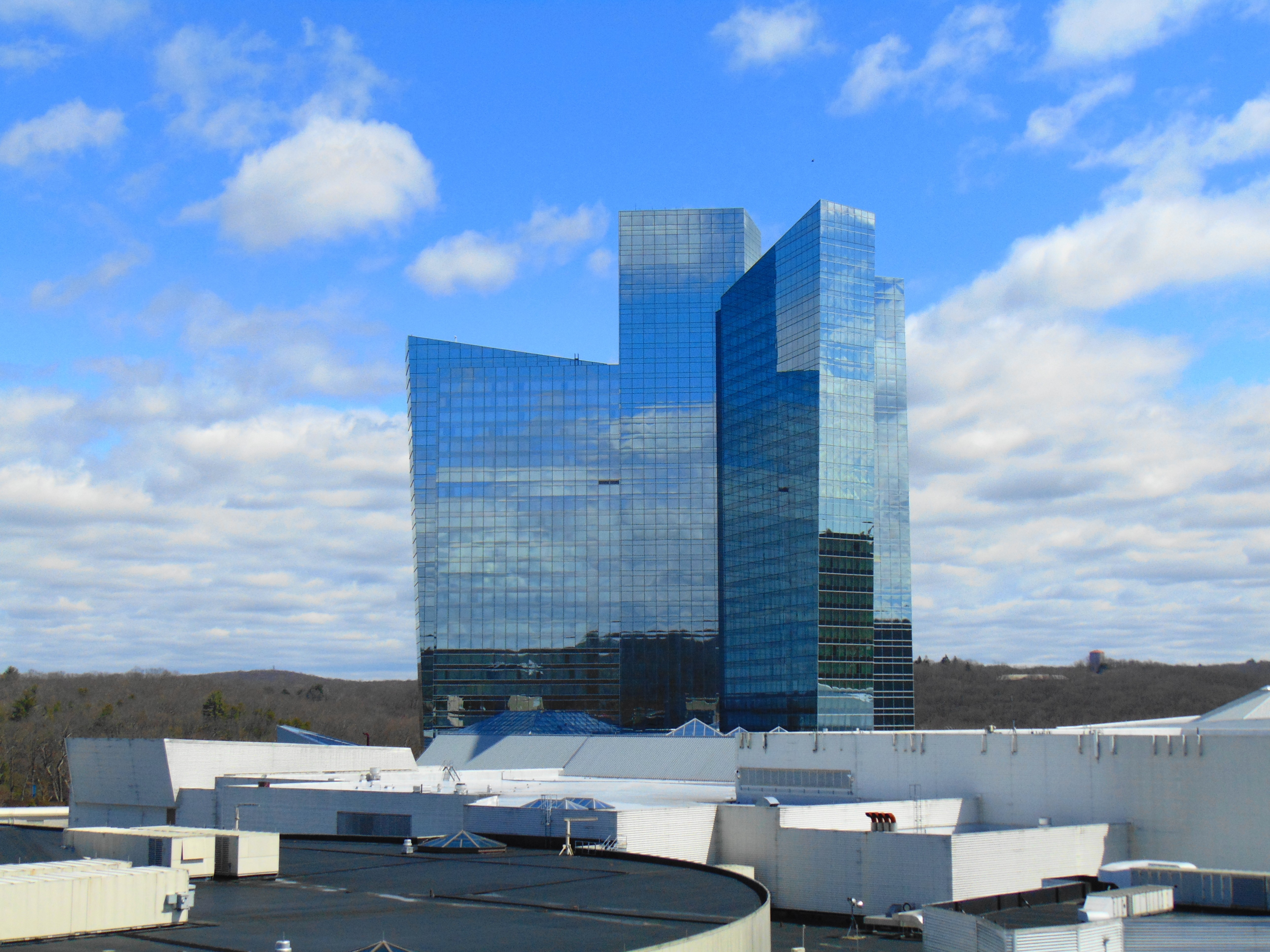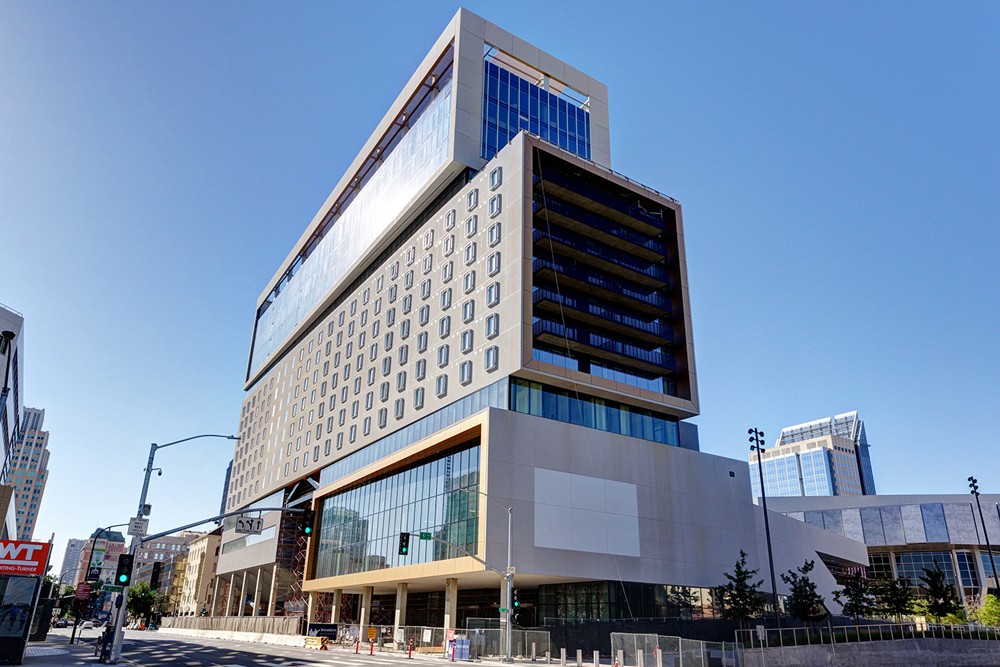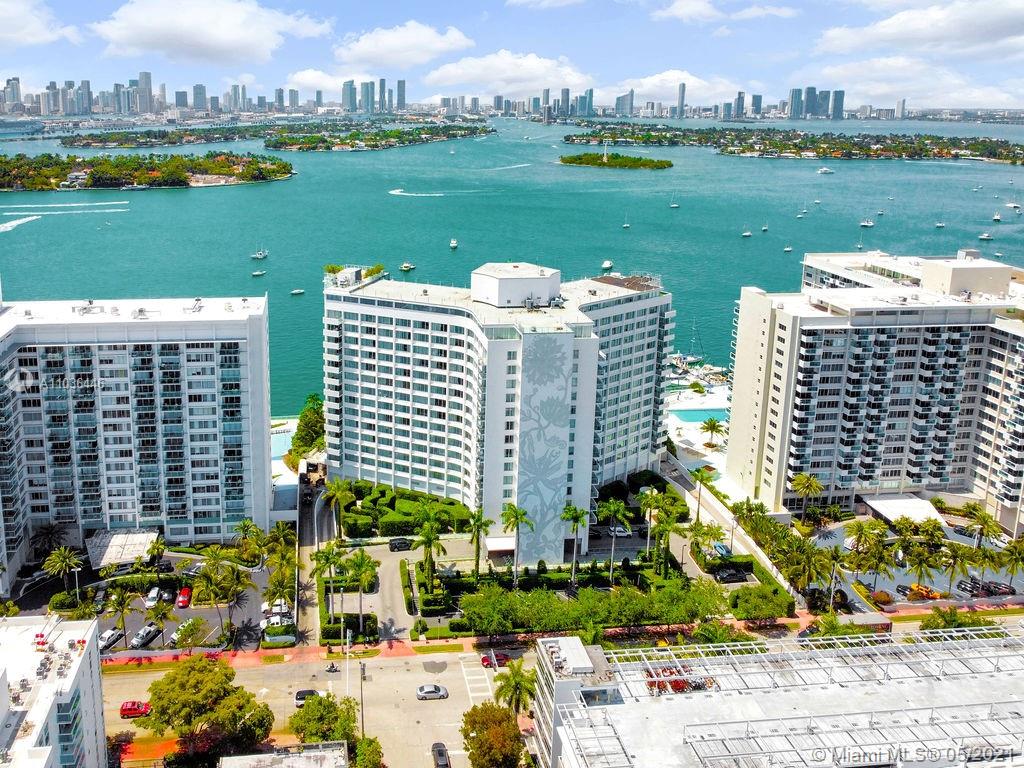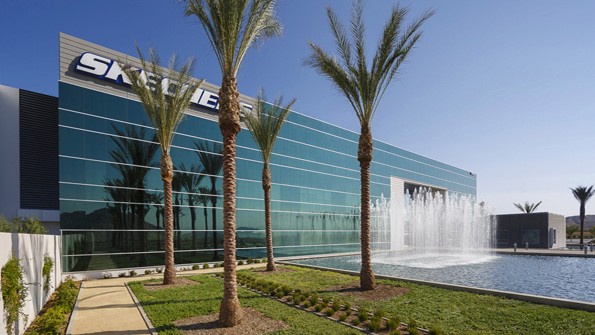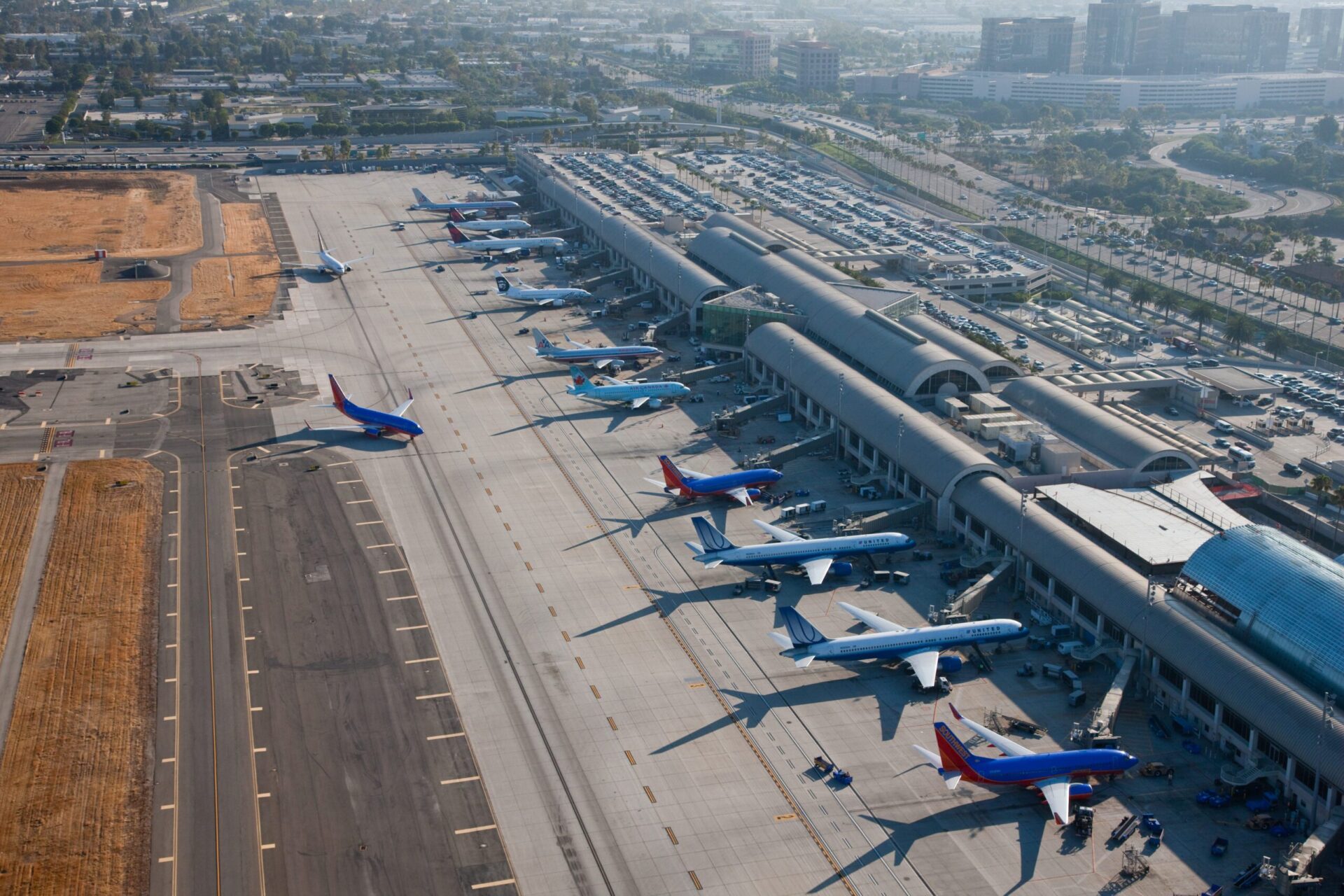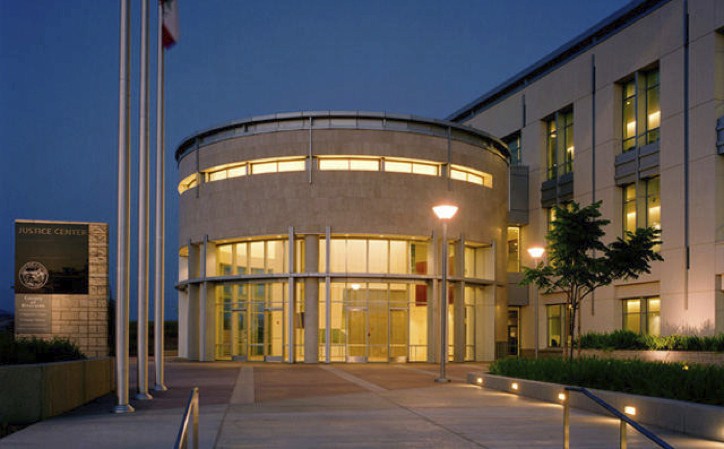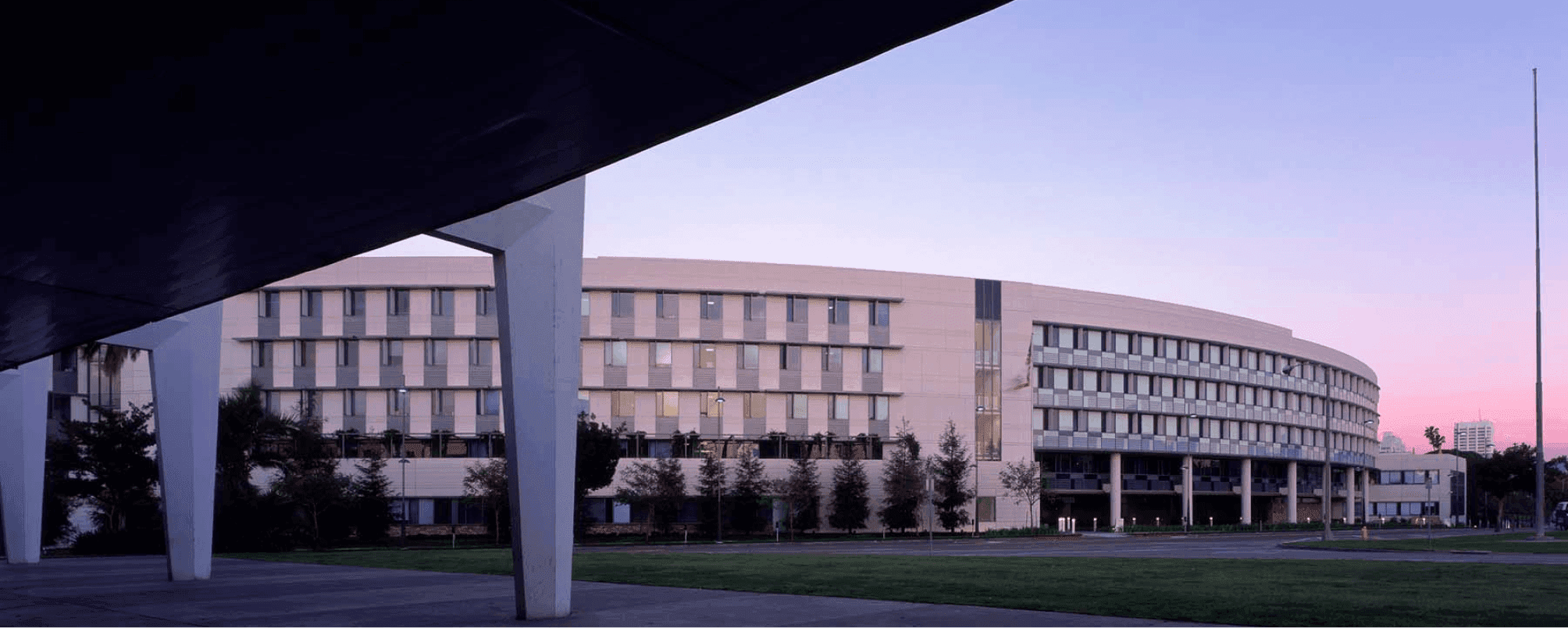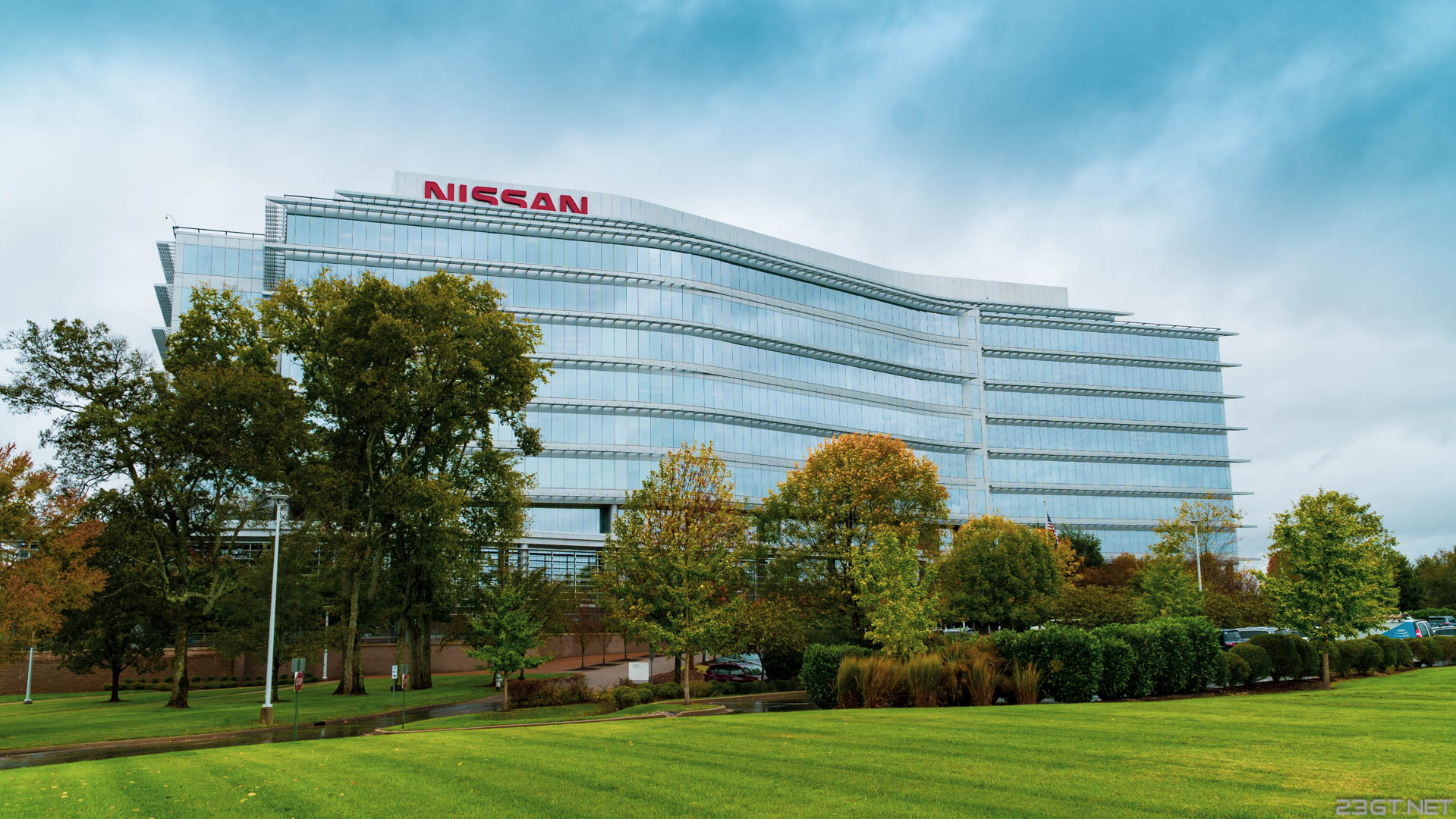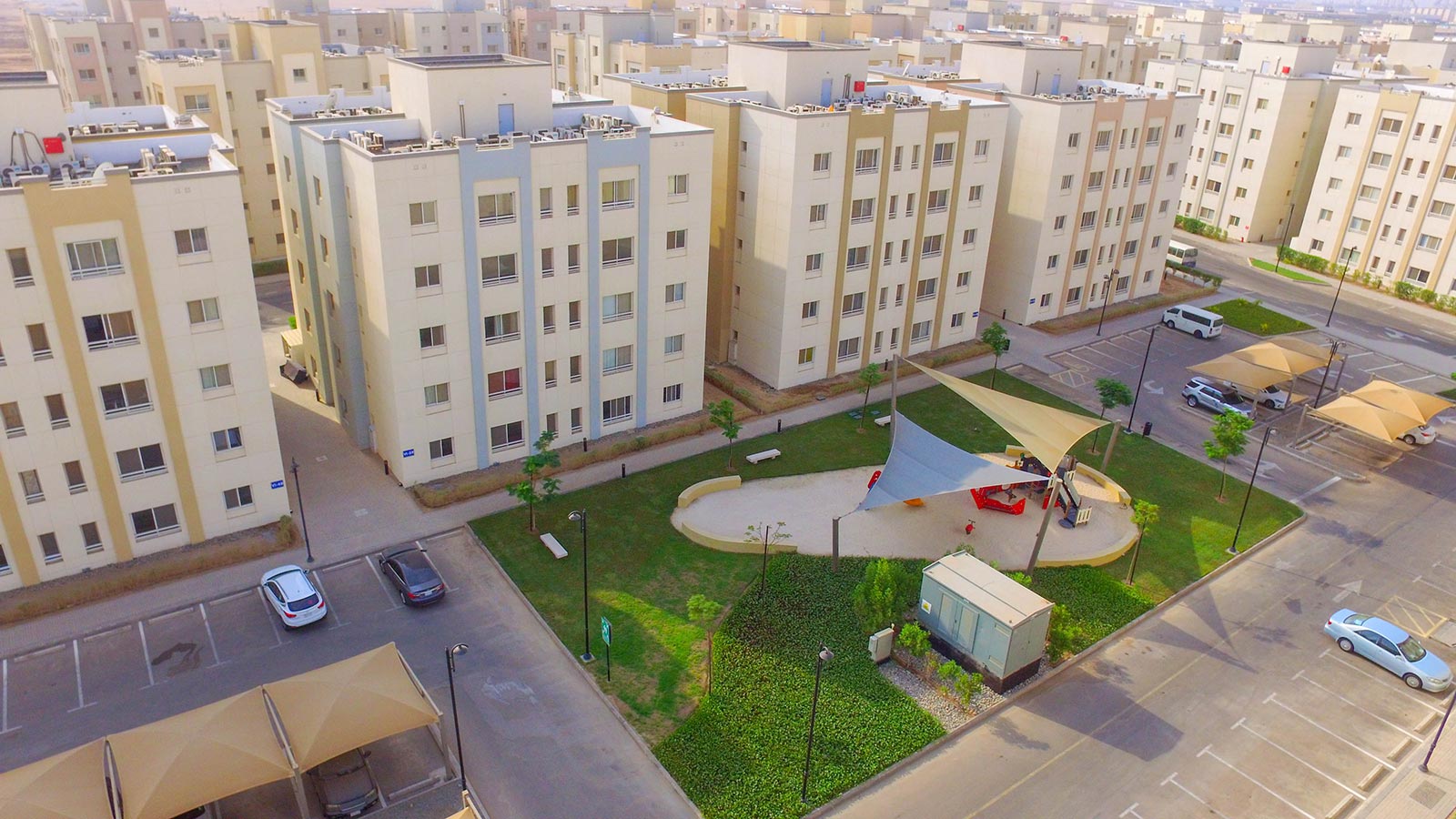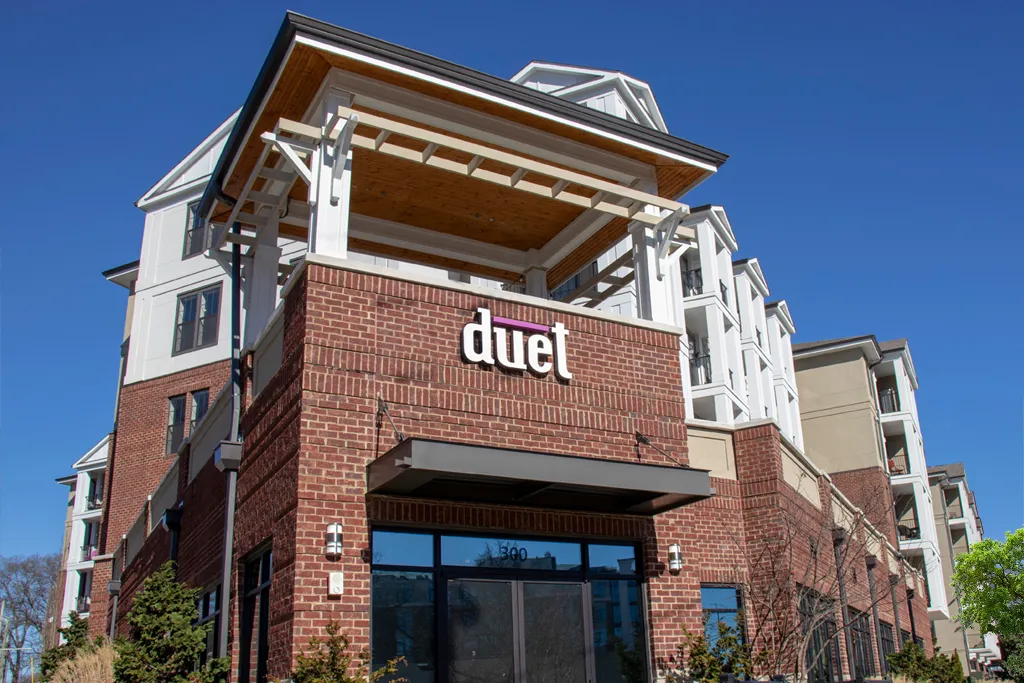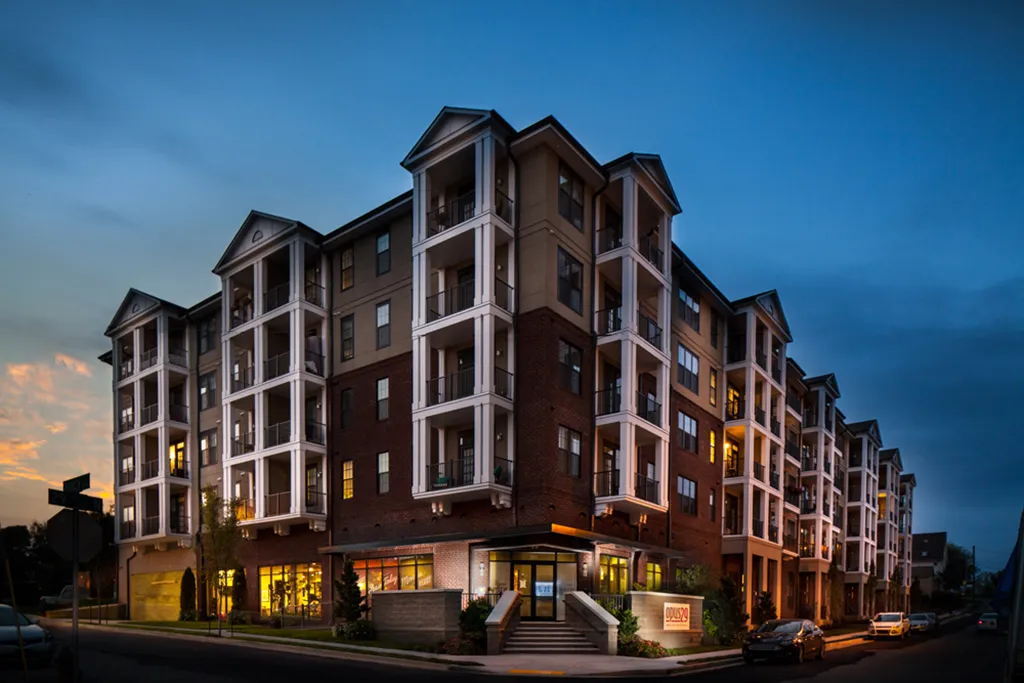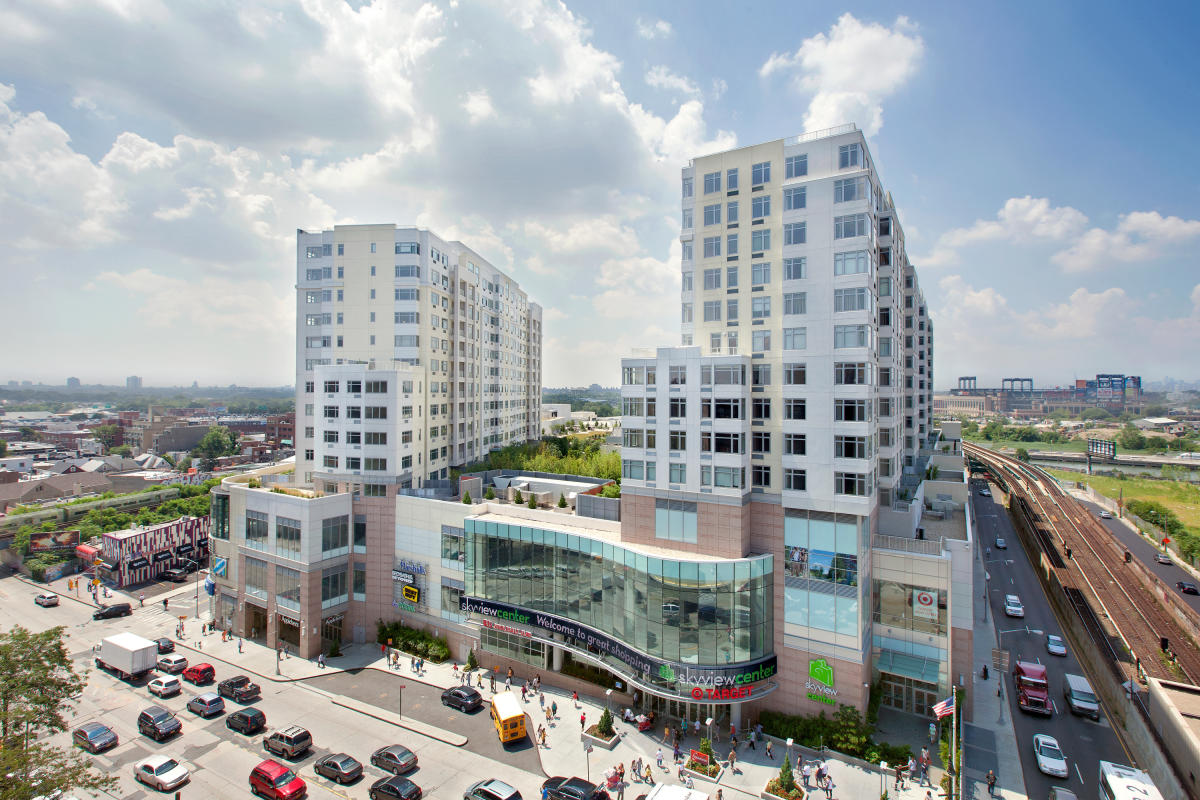
The construction industry is facing a labor crisis that’s no longer creeping — it’s colliding with delivery schedules, budget targets, and risk models nationwide. According to a new survey from the Associated General Contractors of America (AGC) and NCCER, 92% of construction firms report difficulty hiring qualified workers, with nearly half experiencing direct project delays as a result.
But workforce gaps aren’t the only problem. Immigration enforcement, skill shortages, and stalled federal investment in training programs are compounding into what many now see as a nationwide execution bottleneck.
As the industry pushes into the second half of 2025, labor is no longer a background constraint — it’s a critical threat to schedule certainty.
Labor Shortages Are Now the #1 Driver of Project Delays
Among the 1,400 firms surveyed:
78% experienced at least one project delay in the past year due to workforce shortages.
88% are currently seeking craft workers.
80% are actively hiring salaried employees.
This shortage spans job roles, regions, and project types — with firms across the U.S. reporting pain points from the field to the office.
Notably, 45% of firms tied labor shortages directly to project delays, cancellations, or redesigns. That level of disruption doesn’t just slow timelines — it kills predictability, forces contingency drawdowns, and strains relationships with owners, lenders, and developers.
Skills Deficit Is Blocking Progress, Not Just Hiring
The crisis isn’t just about bodies—it’s about readiness.
57% of firms say candidates lack necessary skills or licenses.
Only 10% of firms reported using temporary visa programs (like H-2B) to fill workforce gaps, suggesting limited use of stopgap labor solutions.
This mismatch between available candidates and the needs of modern job sites is a direct result of systemic underinvestment. AGC and NCCER are now calling for increased federal funding for career and technical education (CTE) at the high school level, alongside updates to the Workforce Innovation and Opportunity Act that would prioritize actual training over bureaucracy.
The message is clear: labor supply is no longer enough — we need labor capability.
Immigration Enforcement Disruptions Hit One in Three Firms
Making matters worse, immigration enforcement actions are reshaping the workforce composition mid-project in many regions. Nearly 28% of surveyed firms said they were directly impacted by immigration enforcement in the last six months:
10% had workers leave or fail to show up due to enforcement fears.
20% reported that subcontractors lost labor midstream.
5% experienced direct worksite visits by immigration officials.
States like Georgia, South Carolina, Nebraska, and Alabama are among the hardest hit. And with tighter policy enforcement across the Southeast, these interruptions are no longer isolated—they’re systemic.
While AGC has long advocated for clear and lawful immigration pathways for construction workers, current policy ambiguity is creating a chilling effect across job sites.
Contractors Are Fighting Back — But It’s Getting Expensive
In response to the labor crisis, firms are pulling every lever available:
87% increased base pay to retain or attract workers.
42% boosted training budgets.
55% are using online recruitment tools.
52% have partnered with schools and technical programs.
But these reactive measures come at a cost. Higher labor premiums, longer ramp-up periods, and mounting onboarding investments are squeezing already-tight margins. For contractors operating under fixed-price contracts or aggressive schedules, the ripple effect is real — and dangerous.
Trade Policy Adds Fuel to the Fire
Labor isn’t the only headwind. Tariff-related trade volatility is amplifying disruption:
16% of firms delayed or canceled projects due to tariff impacts.
41% raised prices to offset materials costs.
39% accelerated purchasing timelines to beat tariff deadlines.
The net effect: construction firms are being asked to build faster, with fewer workers, and at higher cost — under tighter scrutiny.
Here's what's next:
Both AGC and NCCER are urging lawmakers to act now, with proposals that include:
Increased funding for high school-level CTE programs
Reforms to the Workforce Innovation and Opportunity Act to prioritize training
Creation of lawful immigration pathways specific to the construction industry
Until then, contractors are largely on their own.
Construction isn’t just facing a labor shortage — it’s facing a workforce capacity crisis. Firms that don’t proactively address workforce readiness, immigration risk, and rising recruitment costs will find themselves unable to deliver, even when demand exists.
At Paragon, we believe the best defense against this uncertainty is strategic foresight and operational agility. From early risk analysis to in-depth labor forecasting, we help clients plan with reality in mind — not assumptions.
Because in a labor-constrained market, the best-built schedules are the ones backed by truth.




